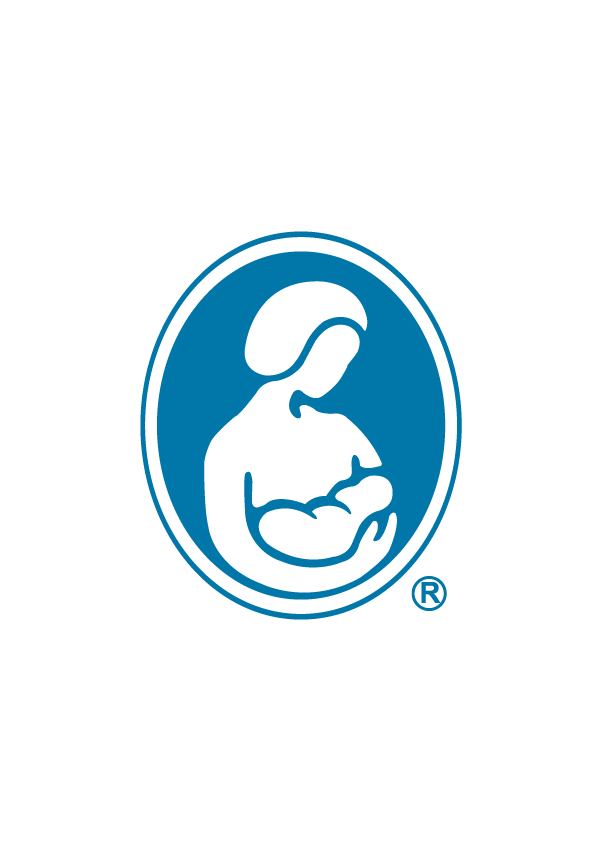

生孩子之前,我对哺乳知之甚少。我仅有的体验是,我在一岁前喝的是母乳。但我这段非凡的体验并不普遍,我身边的很多家庭并没有母乳喂养。
作为一名护士在产科轮科期间,我对人类乳汁和母乳喂养的机制产生了好奇心。在产科病房里,宝宝们努力去含乳,他们甜蜜地享受着乳汁,这些都唤起了我的这种好奇心。
寻找乳头并有意识地去吃奶是新生儿与生俱来的本能—他们的觅食、吸吮和抓握反射共同作用,保证了他们在子宫外的早期生命健康。
我还注意到新生儿满怀热情地含乳以及吸吮时的兴奋激动。他们对含乳的渴望是无与伦比的暖人心房。从那时起,我就很想知道母乳的味道。
后来我生下了第一个孩子小R,他开始母乳喂养时没有任何问题。我完全按照如何正确含乳的视频来做,以确保我做得没有任何瑕疵(好像就只有这一种方法)。
我的儿子长得很健壮,跟我在护理学院照护过的那些婴儿很相似,那些生理反射帮助他满怀愉悦、热情和迷恋地去吸吮乳汁。
随着他长大,那些吞咽声和肢体动作,包括头部的扭动以及手的挥舞都表明他吃得很满足。那他品尝到什么滋味了呢?又是什么让他这么开心?
两年后,我生下了二儿子小O。这一次出师不利。我专门找到了一位愿意让我尝试剖宫产后阴道分娩 (VBAC)的医生,结果没成功,我被紧急推入手术室实施剖宫产。
后来,我得了产后子宫内膜炎;同时,涨奶又导致了乳腺炎。我筋疲力尽,痛苦不堪。
尽管如此,小O吃奶吃得相当好,看到他长得好我也很满足。和小R一样,我很关注小O的动作、声音和吞咽,还有顽皮的小手、嘴以及头部的扭动。这些都表明他吃了一顿很满意的大餐。
这时,我的大儿子小R也表现出了我曾经有过的好奇心。他用最甜美的声音问我:“妈妈,你的母乳是什么味道呢?”他的好奇心让我猝不及防。
就在那一刻我急中生智。我们干嘛不尝尝我的母乳呢?它很安全,它来自我的身体呀。小O以此为食,而小R也因为吃了足够的乳汁而茁壮成长。
小R兴奋地睁大了眼,他对着我咧嘴笑,那是一个学龄前幼儿给父母的最开心的笑。
我们都尝了一点儿。我没想到它会如此美味、让人放松。小R也认为它是甜甜的奶。他笑着走开了,继续玩自己的。而我则依旧很好奇它那甜美的味道,因此决定进一步了解母乳的成分。

那么事实是这样的:母乳富含对婴儿有益的必需天然营养成分。我最近在美国国立卫生研究院 (NIH) 的平台上找到一项研究,详细解释了各个成分及其相关的益处。
这是一项2021年的研究,标题为《人类母乳的成分和对人类健康的功效:从营养成分到微生物组和微核糖核酸》。当然,这是一篇冗长的科学文献。
不过,它重点强调了以下几点,简而言之,说明了为什么母乳味道甜美。母乳由以下成分组成:
· 87-88% 水
· 7% 碳水化合物(乳糖)
· 3.5-4.5% 脂肪
· 1% 蛋白质



乳汁甜美的味道和香气令婴儿愉悦,同时母乳也在每一阶段促进了他们的生长和发育。我很开心我尝过它,也很满意自己为孩子们的健康做出了贡献。我希望你也享受自己的哺育之旅,相信甜蜜的乳汁可以塑造一个健康的孩子。

The Curious Taste of Human Milk
I didn’t know much about lactation before I had children. The only fact was that my mother had nursed me during my first year of life. A community of breastfeeding family members did not surround me to normalize this phenomenal experience. During the postpartum rotation in nursing school, my curiosity about human milk and breastfeeding dynamics started. The babies in the postpartum unit attempting to nurse and the sweet commonality among the ones put to the breast ignited that curiosity. It was the inborn knowledge of the newborn looking for a nipple and the awareness to nurse – their rooting, sucking, and grasping reflexes working together to give them a healthy start outside the womb. I also noticed the excitement of a newborn latching and sucking with so much enthusiasm. The thirst for latching was nothing other than heartwarming. For the first time, I wondered about the taste of human milk.
Then I gave birth to my firstborn, R, who did not have any issues getting started breastfeeding. I even followed videos on how to latch correctly, videos that gave me validation that I was doing it just right (as if there is just one way to do it.) My son was thriving, and similar to those babies I had once cared for during nursing school, R was doing the same — reflexes aiding him to take in breast milk with delight, gusto, and passion. The audible gulps, body movements, head nodding, and playful hands indicated satisfaction as he grew. What was he tasting? What was making him happy?
Two years later, I gave birth to my second son, O. It was a rough start. I had specifically researched to find a doctor who would let me try for a vaginal birth after cesarean (VBAC). It didn’t work, and I was rushed to the operating room for a cesarean. Afterward, I developed postpartum endometritis, a uterine infection. Simultaneously, engorgement led to a bout of mastitis. I was exhausted and in pain. Despite that, O nursed pretty well, and I was content to see him thrive. Like R, I noticed O’s movements and sounds, the gulps, and the playful hands, mouth, and head rotation. All indicated a satisfactory meal. This time around, R, my eldest, showed the same curiosity I once had. In the sweetest of voices, he asked, “Mama, what does your milk taste like?” He caught me off guard with his curiosity.
At that moment, I came up with an idea. We would try my milk. Why not? It’s safe; it’s mine. O is living on it, and R was a thriving baby due to its abundance. R’s eyes widened with excitement, and he gave me the most delighted grin a preschooler could give a parent. We both tasted a little. I did not expect it to be so tasty and soothing. R agreed that it was sweet milk. R smiled, walked away, and continued with his play. On the other hand, I was left intrigued as it tasted sweet with a dash of delicacy, and I decided to find out more about the composition of human milk.

So here is the thing: human milk is full of essential natural components that benefit the baby. I recently found a study on the National Institutes of Health (NIH) platform explaining the components and associated benefits in detail. It was a 2021 study entitled “Human Breast Milk Composition and Function in Human Health: From Nutritional Components to Microbiome and MicroRNA.” Sure, it’s a scientific piece that goes into scientific ramblings. Nevertheless, it highlights the following points that showcase, in a nutshell, why human milk is sweet tasting.
Human Milk is composed of the following:
·87-88% Water
·7% Carbs (Lactose)
·3.5-4.5% Fats
·1 % Proteins



The sweet taste and aroma are enjoyable to babies, while human milk promotes their growth and development in every phase of the breastfeeding journey. I am glad I tasted it and feel content knowing I contributed to the well-being of my boys. I hope you are also enjoying your journey, knowing the sweet-tasting milk is in the works of building a healthy child.

END
作者:以色列 罗拉·拉万
翻译:美国母乳会
审稿:传艳, Lynn, Marien
编辑:幸宝



中国移动手机和宽带用户可访问:
muruhui.com 或muruhui.cn
获取更多资讯

本篇文章来源于微信公众号: 国际母乳会LLL
